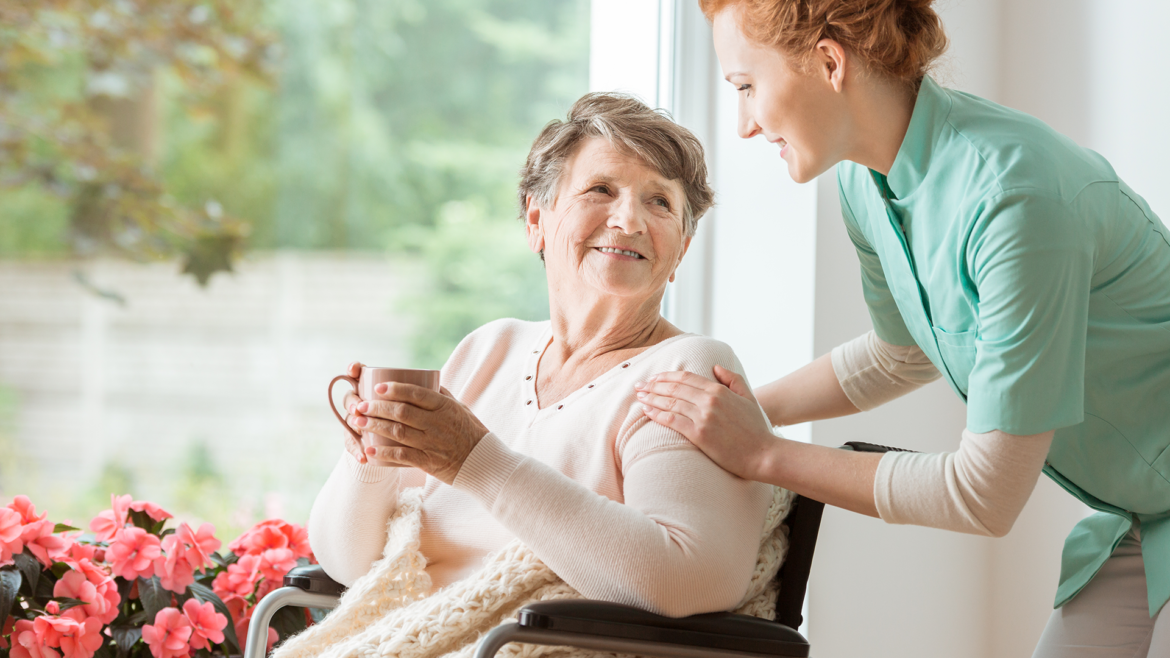A Healthy diet is varied and contains all kinds of food, distributed throughout the day in several meals.
In the case of impaired health, diet and diet therapy are prescribed to prevent the further development of the disease and/or alleviate symptoms.
In addition to the creation of a dietetic nutrition plan, the program includes regular control and psychological support both for monitoring progress and correcting any irregularities.
For older adults, the benefits of a healthy diet include increased mental acuity, resistance to disease, higher energy levels, and better management of chronic health problems. As we age, nutrition can also be the key to a positive attitude and thus staying in emotional balance, but healthy eating is not necessarily associated with diet and sacrifice. A healthy diet for the elderly consists of fresh, varied food, creativity in the kitchen and eating with friends.
How many calories do elderly people need?
Use the following as guidelines:
A woman over 50 who:
is not physically active, needs about 1600 calories per day,
is a little physically active, she needs about 1800 calories a day
is very active, needs about 2000 calories per day
A man over the age of 50 who:
not physically active needs about 2000 calories a day
is Little physically active needs 2200-2400 calories per day
is very active, needs about 2400-2800 calories per day
Of course, a balanced diet is more than counting calories. There are many other aspects to creating a healthy lifestyle.
Which foods should the elderly consume?
Elderly people can feel better immediately and stay healthy in the future by choosing healthy foods. A balanced diet and physical activity contribute to a healthier life and strengthen independence as you age.
Guidelines for a healthy diet for the elderly:
- Fruit – focus on whole fruit more than juices for more vitamins and fiber and eat about 2 servings each day.
- Vegetables – color is very important in this category. Choose dark, antioxidant-rich vegetables, leafy green vegetables like spinach, brussels sprouts, or orange and yellow vegetables like carrots, zucchini, and sweet potatoes. 2 to 3 portions of each vegetable will greatly help your body.
- Calcium – keeping your bones healthy depends on adequate calcium intake to prevent osteoporosis and bone fractures. Older people need about 1,200 mg of calcium every day through milk, yogurt or cheese.
- Cereals – be smart with your carbohydrate intake and choose whole grains for more fiber and vitamins. Seniors need 6-7 ounces of grains each day (one ounce is about 1 slice of bread).
- Proteins – elderly people need about 0.5 grams per kilogram of body weight. Simply halve your body weight to find out how many grams you need. A woman weighing 130 kilograms will need about 65 grams of protein per day. A serving of tuna, for example, has about 40 grams of protein. Vary your protein sources with fish, beans, peas, nuts, milk, eggs and cheese.
Necessary vitamins and minerals for the elderly:
- Water – elderly people are prone to dehydration because our body loses the ability to regulate body fluid levels with age and the feeling of thirst weakens. Leave a message in the place where you stay most often, it will remind you to drink at least one sip of water every hour and with meals to avoid -system-causes-symptoms-types-and-treatment?utm_source=terms&utm_campaign=terms&utm_medium=urinary-system-infections-causes-symptoms-types-and-treatment“>urinary tract infections, constipation or even confusion.
- La Vitamine B – after the age of 50, your stomach produces less stomach acid which under-absorbs Vitamin B12 which is needed to keep the blood and nerves vital. Get the recommended daily intake of B12 (2.4 mcg) from fortified foods or sources of this vitamin.
- La Vitamine D – we get most of vitamin D from sun exposure and certain foods. With age, our skin becomes less effective in synthesizing vitamin D, so be sure to consult your doctor about supplementing your diet with fortified foods or multivitamins.
Advice for a healthy diet
Once you get used to eating heavy food, your body will feel slow and sluggish if you eat less than usual. Here’s how to get into a healthy eating habit.
- Reduce salt to prevent water retention and high blood pressure. Look for products with the label „low percentage of salt“ and season dishes with garlic and other spices instead of salt.
- Add fiber to avoid constipation, reduce the risk of chronic diseases and feel fuller for longer. You can get fiber from foods like raw fruits and vegetables, whole grains and beans.
- Avoid bad carbohydrates – these bad carbohydrates are foods like white flour, refined sugar and white rice. Bad carbohydrates are digested quickly and lead to blood spikes and short-term energy. For more energy and a stable blood sugar level, choose good carbohydrates such as whole grains, beans, fruits and vegetables.
- Look for hidden sugar – such sugar can be hidden in foods such as bread, cans of soup and vegetables, pasta sauce, mashed potatoes, frozen dinners, fast food and ketchup. Opt for fresh or frozen vegetables instead of canned goods and choose sugar-free or low-sugar products such as tortillas, pasta, bread and ice cream.
- Cook smart – the best way to prepare vegetables is steamed or in olive oil, which preserves nutrients.
- Put five colors on your plate – this is a tip from Japanese cooking culture that teaches you to always have five colors on your plate. Fruits and vegetables in rich colors correspond to rich nutrients. (example: blackberries, melons, sweet potatoes, spinach, peppers, zucchini).

